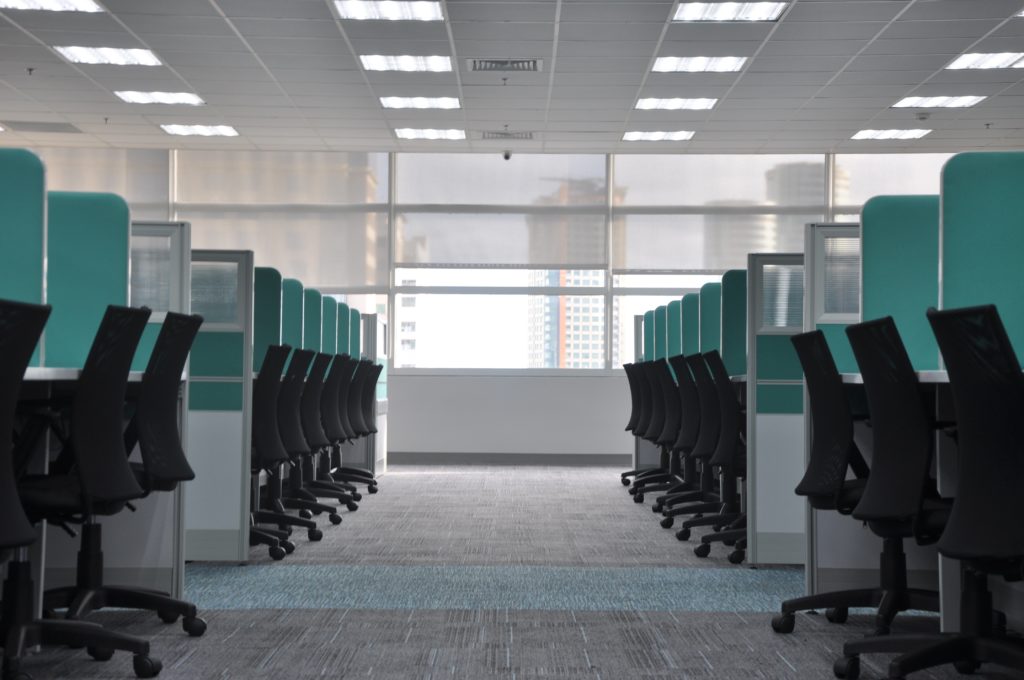
If you are sitting in a cubicle or — lucky you! — behind a desk in a space with a door — then the concept of “hot desking” may still be foreign. It was to me, until recently. And, frankly, I’m not too hot on it.
I learned all about hot desking when I recently relocated to Minneapolis from Chicago to join an integrated creative agency on their amplification team. It was a selling point at first — aside from the “Minnesota nice” people and the award-winning work. My new colleagues and I are untethered by a designated desk and are free to work wherever we want — the newly renovated headquarters, a coffee shop, home, while traveling, or anywhere we can be most creative and productive.
Sounds pretty cool and progressive. Right?
Well, as I soon discovered, hot desking has been around for a few years and among some of the more brutal criticisms was this in 2015 in Slate: “It’s basically the practice of assigning desks ad hoc based on who’s there at any given time, because you don’t have space for everyone.”
There’s at least some truth to that.
“The trend is driven by the need to minimize real estate costs and provide workplace design solutions that mirror the differences in the ways people work,” says Pete Bacevice, director of research at HLW, a global architecture and design firm. But, he cautions, companies should not make the switch unless they’ve analyzed the benefits and drawbacks.
Read the full article @ Fast Company
Photo by kate.sade on Unsplash